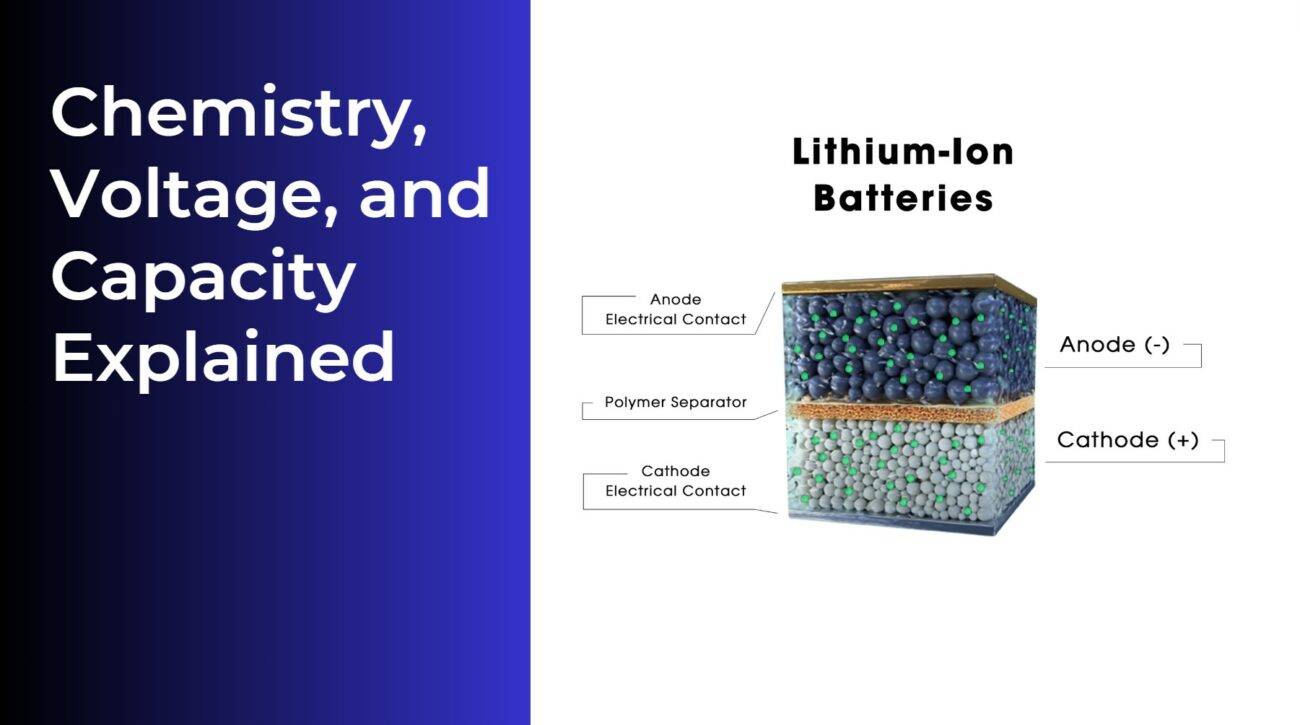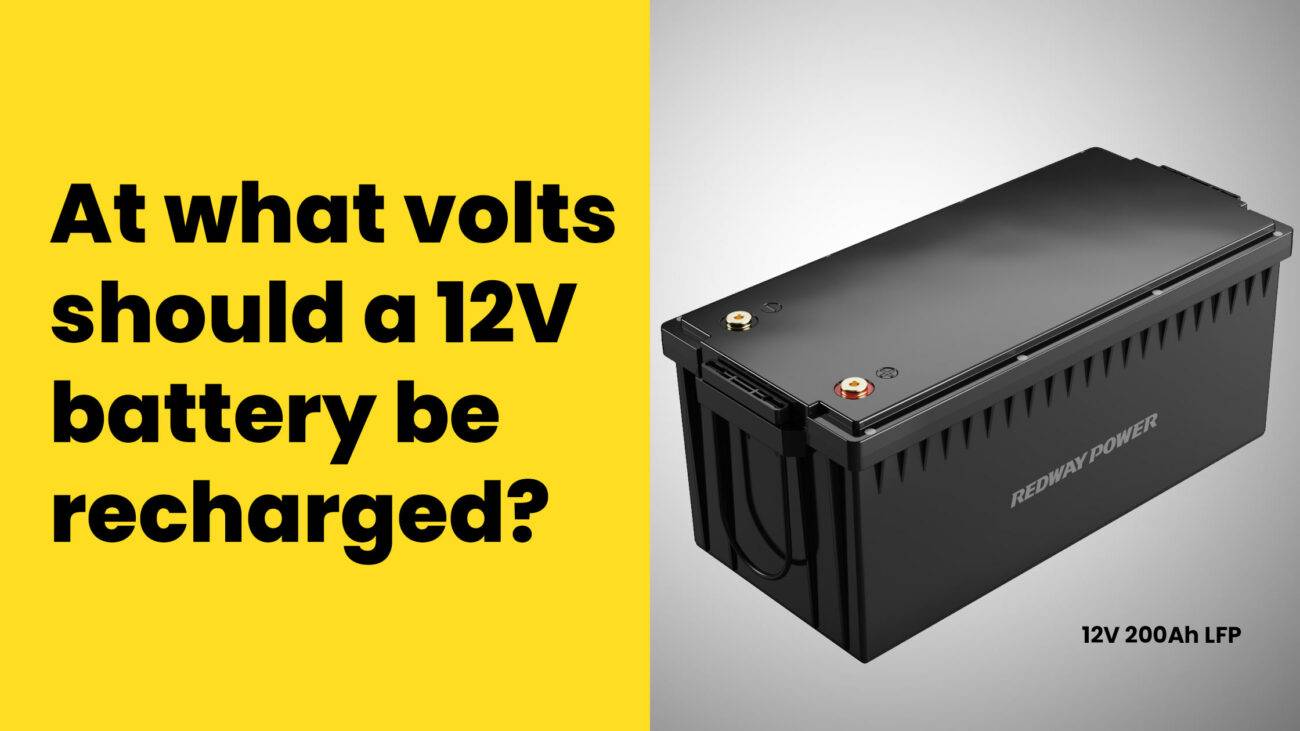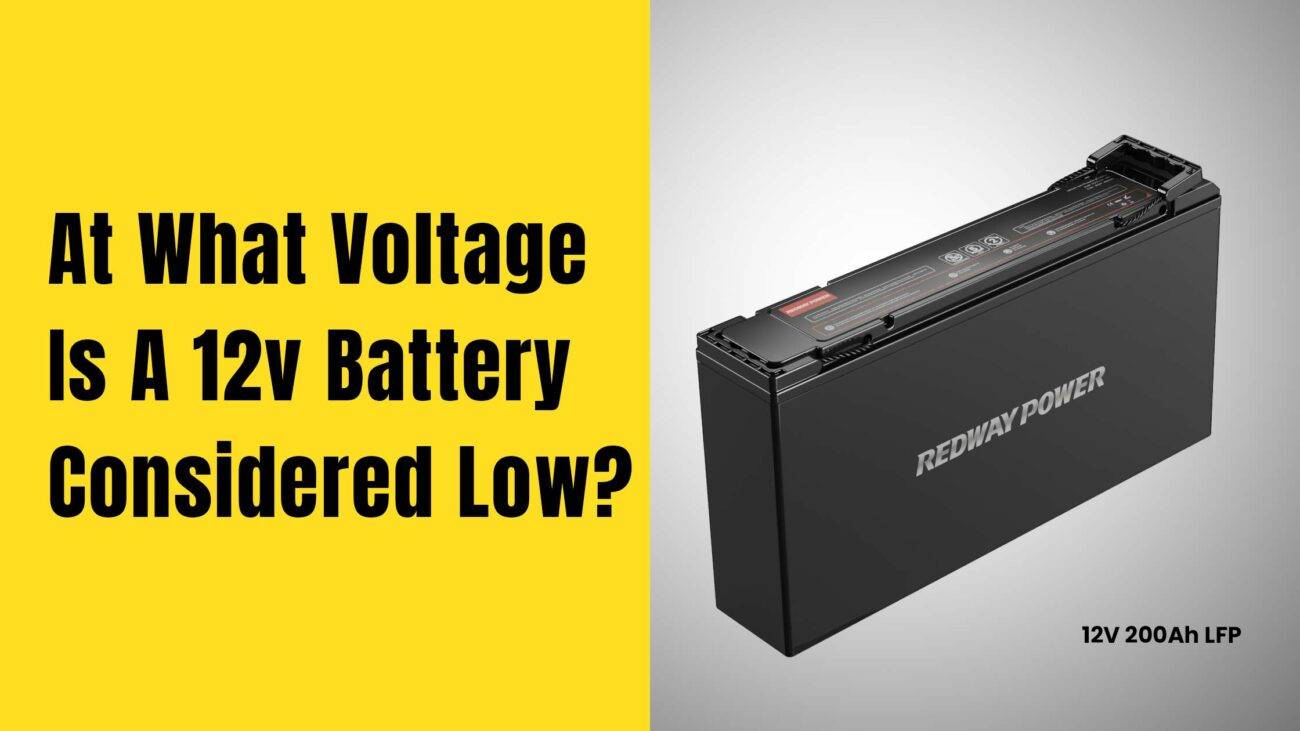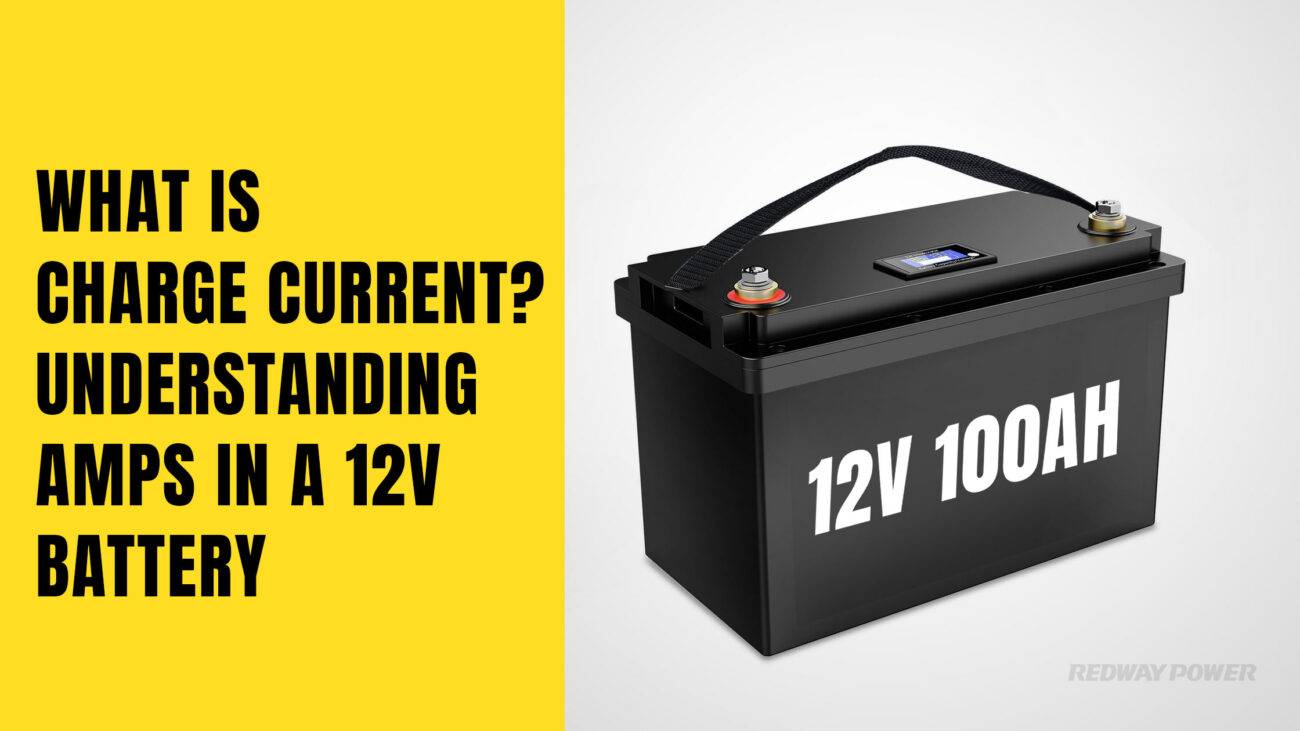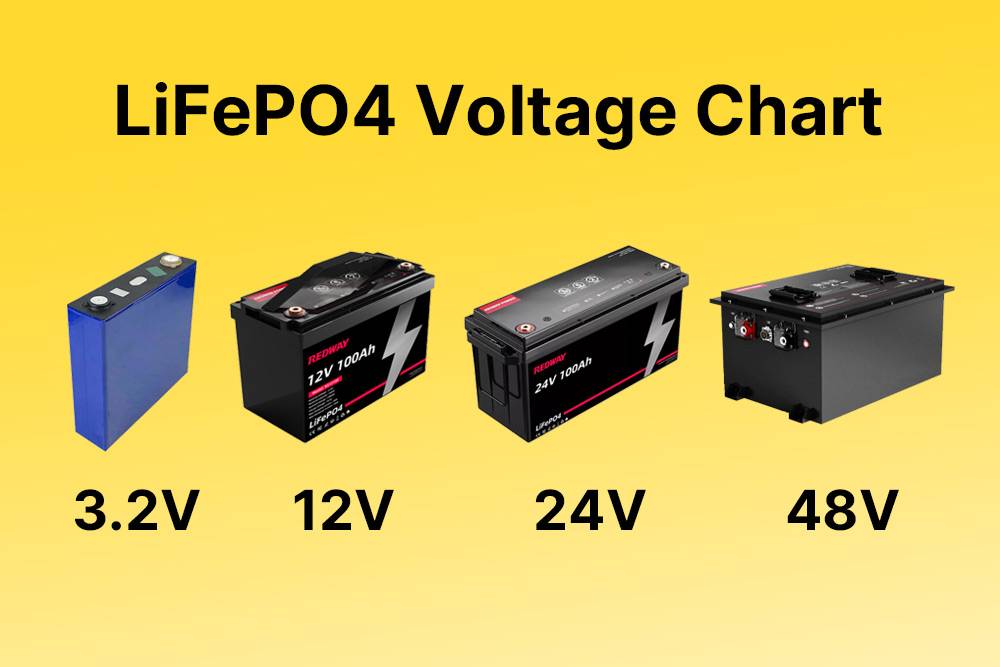- Forklift Lithium Battery
-
48V
- 48V 210Ah
- 48V 300Ah
- 48V 420Ah (949 x 349 x 569 mm)
- 48V 420Ah (950 x 421 x 450 mm)
- 48V 456Ah
- 48V 460Ah (830 x 630 x 590 mm)
- 48V 460Ah (950 x 421 x 450 mm)
- 48V 460Ah (800 x 630 x 600 mm)
- 48V 460Ah (820 x 660 x 470 mm)
- 48V 500Ah
- 48V 560Ah (810 x 630 x 600 mm)
- 48V 560Ah (950 x 592 x 450 mm)
- 48V 600Ah
- 48V 630Ah
-
48V
- Lithium Golf Cart Battery
- 12V Lithium Battery
12V 150Ah Lithium RV Battery
Bluetooth App | BCI Group 31
LiFePO4 Lithium
Discharge Temperature -20°C ~ 65°C
Fast Charger 14.6V 50A
Solar MPPT Charging - 24V Lithium Battery
- 36V Lithium Battery
- 48V Lithium Battery
-
48V LiFePO4 Battery
- 48V 50Ah
- 48V 50Ah (for Golf Carts)
- 48V 60Ah (8D)
- 48V 100Ah (8D)
- 48V 100Ah
- 48V 100Ah (Discharge 100A for Golf Carts)
- 48V 100Ah (Discharge 150A for Golf Carts)
- 48V 100Ah (Discharge 200A for Golf Carts)
- 48V 150Ah (for Golf Carts)
- 48V 160Ah (Discharge 100A for Golf Carts)
- 48V 160Ah (Discharge 160A for Golf Carts)
-
48V LiFePO4 Battery
- 60V Lithium Battery
-
60V LiFePO4 Battery
- 60V 20Ah
- 60V 30Ah
- 60V 50Ah
- 60V 50Ah (Small Size / Side Terminal)
- 60V 100Ah (for Electric Motocycle, Electric Scooter, LSV, AGV)
- 60V 100Ah (for Forklift, AGV, Electric Scooter, Sweeper)
- 60V 150Ah (E-Motocycle / E-Scooter / E-Tricycle / Tour LSV)
- 60V 200Ah (for Forklift, AGV, Electric Scooter, Sweeper)
-
60V LiFePO4 Battery
- 72V~96V Lithium Battery
- Rack-mounted Lithium Battery
- E-Bike Battery
- All-in-One Home-ESS
- Wall-mount Battery ESS
-
Home-ESS Lithium Battery PowerWall
- 24V 100Ah 2.4kWh PW24100-S PowerWall
- 48V 50Ah 2.4kWh PW4850-S PowerWall
- 48V 50Ah 2.56kWh PW5150-S PowerWall
- 48V 100Ah 5.12kWh PW51100-F PowerWall (IP65)
- 48V 100Ah 5.12kWh PW51100-S PowerWall
- 48V 100Ah 5.12kWh PW51100-H PowerWall
- 48V 200Ah 10kWh PW51200-H PowerWall
- 48V 300Ah 15kWh PW51300-H PowerWall
PowerWall 51.2V 100Ah LiFePO4 Lithium Battery
Highly popular in Asia and Eastern Europe.
CE Certification | Home-ESS -
Home-ESS Lithium Battery PowerWall
- Portable Power Stations
What is the Charging Voltage for Different Battery Types?
On January 4, 2024
Comments Off on What is the Charging Voltage for Different Battery Types?
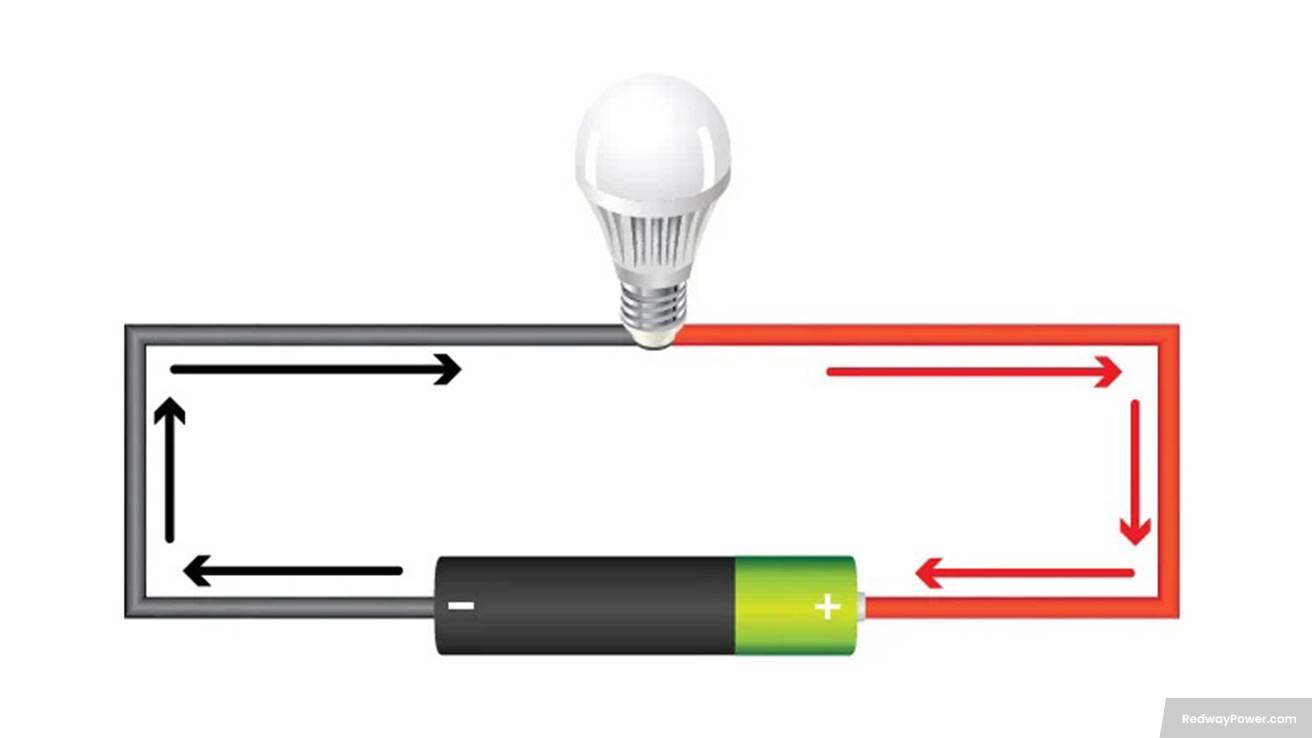
The charging voltage of a battery varies depending on its type and chemistry. For lithium-ion batteries, the ideal charging voltage typically ranges from 3.6V to 4.2V per cell, while lead-acid batteries generally require a charging voltage between 13.6V and 14.8V for optimal performance.
Table of Contents
ToggleWhat is the Ideal Charging Voltage for Lithium-Ion Batteries?
The ideal charging voltage for lithium-ion batteries is between 3.6 volts and 4.2 volts per cell during the charging process. This range ensures that the battery charges efficiently without risking damage or reducing its lifespan.
| Charge Level | Voltage Range |
|---|---|
| 0% | 3.0 V |
| 20% | 3.3 V |
| 50% | 3.7 V |
| 100% | 4.2 V |
How Does Battery Type Affect Charging Voltage?
Battery type significantly impacts the required charging voltage:
- Lithium-Ion Batteries: Require a voltage range of 3.6V to 4.2V per cell.
- Lead-Acid Batteries: Typically need between 13.6V and 14.8V for optimal charging.
- Lithium Iron Phosphate (LiFePO4): Has a lower charging voltage requirement of around 3.2V to 3.65V per cell.
Understanding these differences is crucial for selecting appropriate chargers.
What are the Charging Voltage Ranges for Lead-Acid Batteries?
Lead-acid batteries have specific charging voltage requirements based on their state of charge:
| State of Charge | Charging Voltage |
|---|---|
| Fully Charged | 13.6 – 14.8 V |
| Partially Charged | 12.5 – 13.5 V |
| Discharged | Below 12 V |
Charging lead-acid batteries within this range helps maintain their health and performance.
What is the Importance of Proper Charging Voltage?
Maintaining proper charging voltage is critical for several reasons:
- It prevents overcharging, which can lead to overheating and battery damage.
- Correct voltage ensures efficient energy transfer, maximizing battery capacity.
- It prolongs battery lifespan by reducing wear on internal components.
Understanding and adhering to recommended voltage levels can significantly enhance battery longevity.
How to Measure Battery Charging Voltage?
To measure battery charging voltage effectively:
- Use a digital multimeter set to DC voltage.
- Connect the red probe to the positive terminal and the black probe to the negative terminal.
- Read the displayed voltage; it should match the expected range for your specific battery type.
Regular measurements can help identify potential issues early.
What are the Risks of Incorrect Charging Voltage?
Charging a battery with incorrect voltage can lead to various risks:
- Overcharging: Can cause swelling, leakage, or even explosion in severe cases.
- Undercharging: May result in sulfation in lead-acid batteries, reducing capacity over time.
- Heat Generation: Excessive heat can damage internal components and reduce efficiency.
Adhering to recommended voltage levels mitigates these risks significantly.
How Can You Optimize Battery Charging Practices?
To optimize battery charging practices, consider these tips:
- Use chargers designed specifically for your battery type.
- Monitor charging cycles regularly to prevent overcharging.
- Store batteries in a cool, dry place to maintain optimal performance.
- Follow manufacturer guidelines regarding charging voltages and currents.
Implementing these practices can enhance overall battery health and efficiency.
What are Alternative Solutions for Low-Voltage Batteries?
For those dealing with low-voltage batteries, alternatives include:
- Upgrading to lithium-ion batteries, which offer better performance and longevity compared to traditional lead-acid batteries.
- Consider products from Redway Power, which provides high-quality lithium-ion solutions tailored for various applications.
Tips for Battery Wholesale Buyers
When purchasing lithium-ion batteries wholesale, consider these key points:
- Assess supplier reliability; look for manufacturers with proven track records like Redway Power, known for its expertise in lithium technology.
- Ensure compliance with safety standards and certifications.
- Understand OEM processes; establish clear communication regarding specifications and order quantities.
Choosing a reputable manufacturer ensures quality products that meet your expectations.
Redway Power Expert Views
“Properly understanding charging voltages is essential in maximizing battery performance,” states an expert from Redway Power. “With over thirteen years in manufacturing lithium-ion batteries, we focus on delivering reliable products that cater to modern energy demands while ensuring safety.”
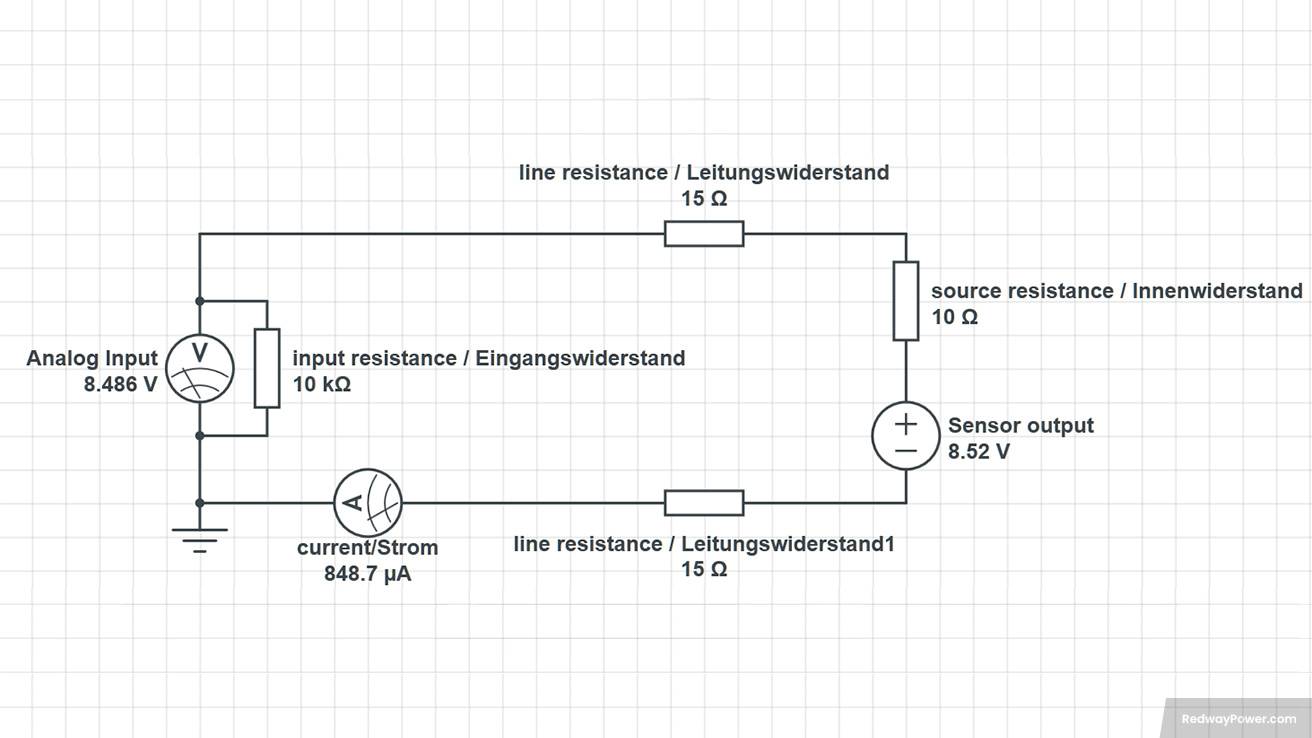
FAQs
What are battery voltages at different charge levels?
The battery voltages at different charge levels vary depending on the type of battery. For lead-acid batteries, at 100% state of charge, the voltage ranges from 12.70+ volts for sealed or flooded lead-acid batteries to 12.80+ volts for AGM batteries. At 75% state of charge, the voltage ranges from 12.40 volts to 12.60 volts. At 50% state of charge, the voltage ranges from 12.20 volts to 12.30 volts. At 25% state of charge, the voltage is around 12.00 volts.
- Battery voltages at different charge levels vary based on the battery type.
- For lead-acid batteries, at 100% state of charge, the voltage ranges from 12.70+ volts to 12.80+ volts, depending on the type (sealed or flooded lead-acid or AGM).
- At 75% state of charge, the voltage ranges from 12.40 volts to 12.60 volts.
- At 50% state of charge, the voltage ranges from 12.20 volts to 12.30 volts.
- At 25% state of charge, the voltage is around 12.00 volts.
What lithium-ion batteries have high charging voltage?
The charging voltage of lithium-ion batteries typically follows a standard of 4.2 volts per cell. This voltage is used to charge the battery until the charge current drops below a specific threshold, indicating a full charge. However, it’s important to note that the charging voltage may vary depending on the specific chemistry and design of the lithium-ion battery.
- The standard charging voltage for lithium-ion batteries is 4.2 volts per cell.
- This voltage is used to charge the battery until the charge current drops below a certain threshold, indicating a full charge.
- However, it’s essential to consider that the charging voltage may vary depending on the specific chemistry and design of the lithium-ion battery.
Is higher voltage better for charging?
To charge faster, more voltage or more current is required. Increasing the voltage allows for a higher flow of current, which can lead to faster charging. However, it’s important to consider that higher voltage can also result in more energy loss and heat generation. Therefore, the better way to achieve faster charging is by increasing the pressure inside the charging process, which can be done by using a higher voltage.
- Higher voltage can lead to faster charging by allowing for a higher flow of current.
- However, increasing the voltage also results in more energy loss and heat generation, making faster charging more challenging.
- The better way to achieve faster charging is by increasing the pressure inside the charging process, which can be done by using a higher voltage. However, it’s essential to consider the limitations and potential drawbacks associated with higher voltage charging.
What is too low voltage to charge a battery?
A typical 12-volt auto battery is considered fully discharged when it drops down to around 10.5 volts. If the voltage goes below this threshold, the battery can suffer damage due to excessive sulfation. It’s crucial to be aware of the specific voltage thresholds for different battery types to determine when the voltage is too low to charge.
- For a typical 12-volt auto battery, a voltage of around 10.5 volts is considered too low to charge, indicating a fully discharged state.
- If the voltage drops below this threshold, the battery can become damaged due to excessive sulfation.
- It’s important to be aware of the specific voltage thresholds for different types of batteries to determine when the voltage is too low for charging.
What happens if I use a charger with higher voltage?
Using a charger with higher voltage than recommended can have serious consequences. It can lead to overcharging, overheating, and safety hazards due to pressure buildup. The battery can be damaged, resulting in reduced performance, capacity, and longevity. It’s crucial to use the correct charger voltage to ensure the safe and optimal charging of devices and batteries.
- Using a charger with higher voltage than recommended can cause overcharging, overheating, and safety hazards.
- Overcharging can lead to the battery exceeding its safe capacity and result in pressure buildup.
- It can also damage the battery, reducing its overall performance, capacity, and longevity.
- To ensure safe and optimal charging, it’s important to use the correct charger voltage as recommended for the device or battery.
What are charging voltages for different battery types?
The charging voltages for different battery types can vary. Lead-acid batteries typically require charging voltages ranging from 2.15V per cell to 2.35V per cell. Lithium-ion batteries, on the other hand, have a charging voltage range of 3.6 to 4.2 volts. It’s essential to refer to the manufacturer’s specifications for the recommended charging voltages to ensure optimal battery performance and longevity.
- Lead-acid batteries have charging voltages ranging from 2.15V per cell to 2.35V per cell.
- Lithium-ion batteries have a charging voltage range of 3.6 to 4.2 volts.
- It’s crucial to consult the manufacturer’s specifications for the recommended charging voltages for each battery type to ensure optimal performance and longevity.
What are the risks of overcharging and undercharging?
The risks of overcharging a battery are severe, including the potential for explosion and damage to the battery. Undercharging a battery can result in insufficient power, impacting the performance of the device or equipment. Modern charging systems are designed to prevent overcharging by cutting off charging once a certain level is reached.
- Overcharging a battery can lead to explosion, damage, and reduced lifespan.
- Undercharging a battery can result in insufficient power and affect device performance.
- Modern charging systems are designed to prevent overcharging by automatically cutting off charging once a certain level is reached.
- It’s crucial to follow recommended charging practices to avoid the risks of overcharging and undercharging and ensure the longevity and safety of the battery.

















